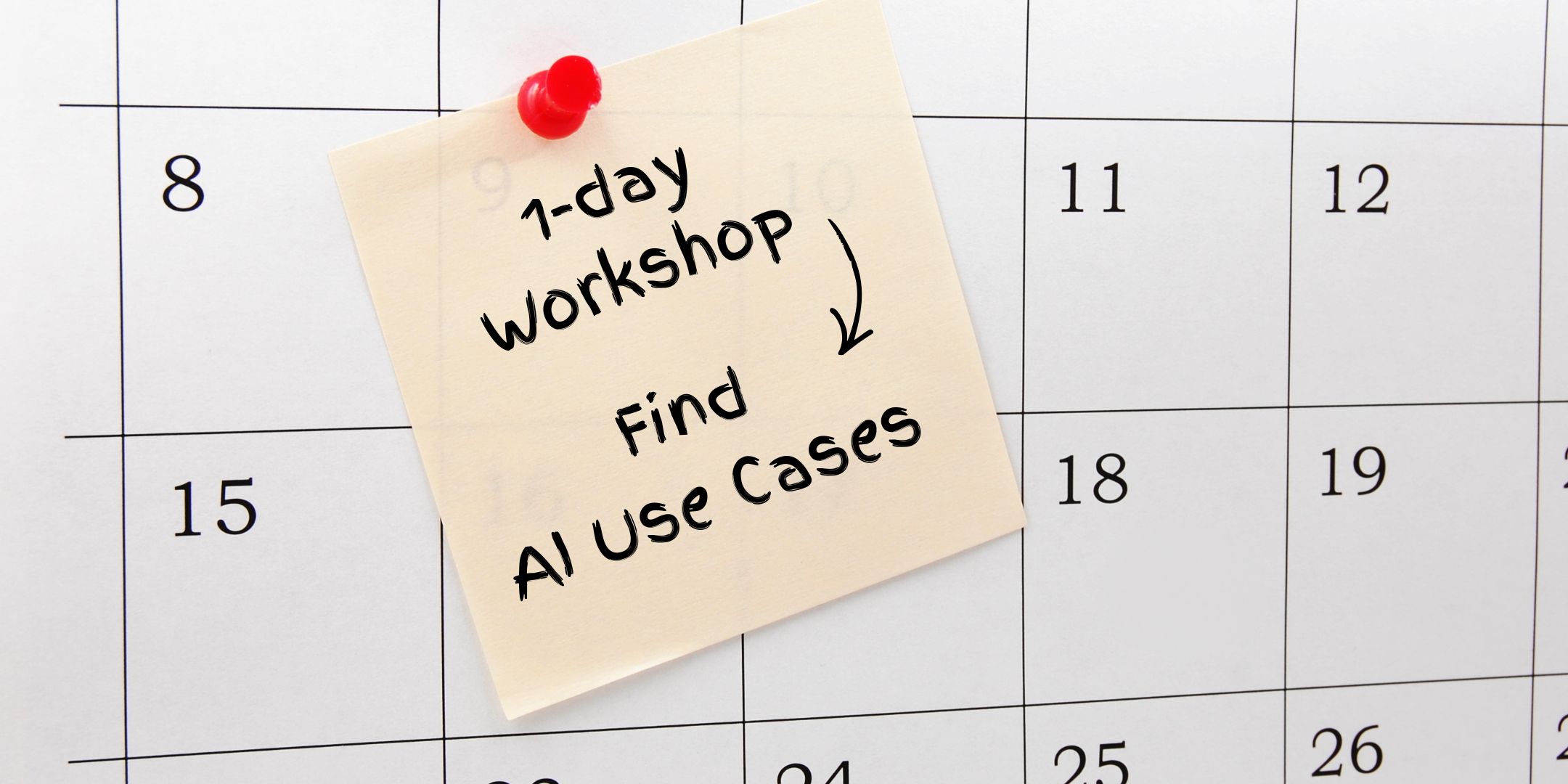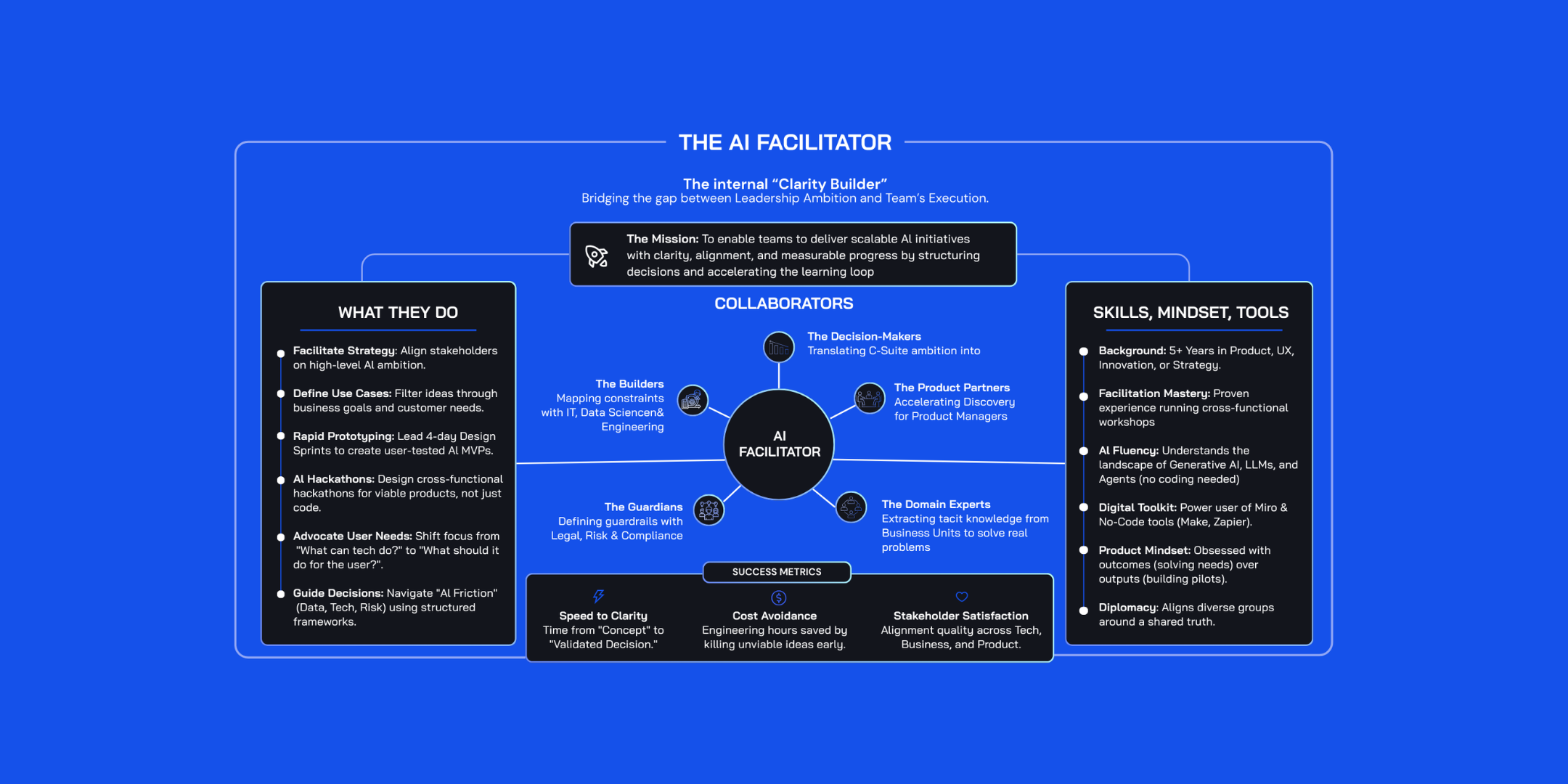Winning stakeholder buy-In: how Design Sprints can transform your Product Roadmap

I firmly believe that facilitating design sprints should be an essential skill for product managers. Not just for UX Designers. Yet, in reality, very few are familiar with them, and even fewer practice them. This is a huge missed opportunity for product managers, their career progress, their product growth, and ultimately, their customers.
Yesterday, I attended the ProductTank Berlin Meetup, where Phil Hornby delivered an insightful talk on product roadmaps. His talk helped me better frame the role and impact design sprints can have on a major part of a product manager’s role, which is creating, managing, and communicating the roadmap.

So here are two main use cases of design sprints for product managers.
1. Design your Product Roadmap by facilitating a design sprint workshop with your key stakeholders.
I'm not just talking about the features, product initiatives, business objectives, timelines, and prioritization criteria that should go into your roadmap, but HOW these should be presented and visualized to satisfy different stakeholder needs.
Each stakeholder has different needs and requires varying levels of granularity: business leaders want a high-level overview, sales teams need to know feature release dates and development teams require more detailed items for planning.
By co-creating the roadmap with your stakeholders in a design sprint, you secure buy-in:
❌ No more reluctant stakeholders
❌ No more endless explanations, and
❌ No more pushback.
They are part of its creation. If I were a new product manager or head of product, I would organise this workshop in my first month in the role.
2. Validate the Product Roadmap.
No one can be 100% sure all the time. And definitely, no one can predict the future.
But that’s kind of what’s asked of a product manager when creating a product roadmap.
Running design sprints will allow product managers to test and validate solutions with customers and see what works and not in just a matter of days.
And the benefits are huge:
✅ Saves time and money by avoiding building solutions doomed to fail
✅ Aligns teams and stakeholders around solutions
✅ Enhances communication with stakeholders by replacing slides with tangible prototypes and customer feedback
I recommend starting with a design sprint each quarter focused on the most important, riskiest, promising opportunities.
Design sprints are powerful for aligning stakeholders and validating roadmaps, but they work best when paired with effective problem framing. Curious how these methods can transform your organization and make it more agile—without disrupting your current workflows?
Check out our article on why Problem Framing & Design Sprints are essential for organizational agility.







.jpg)





